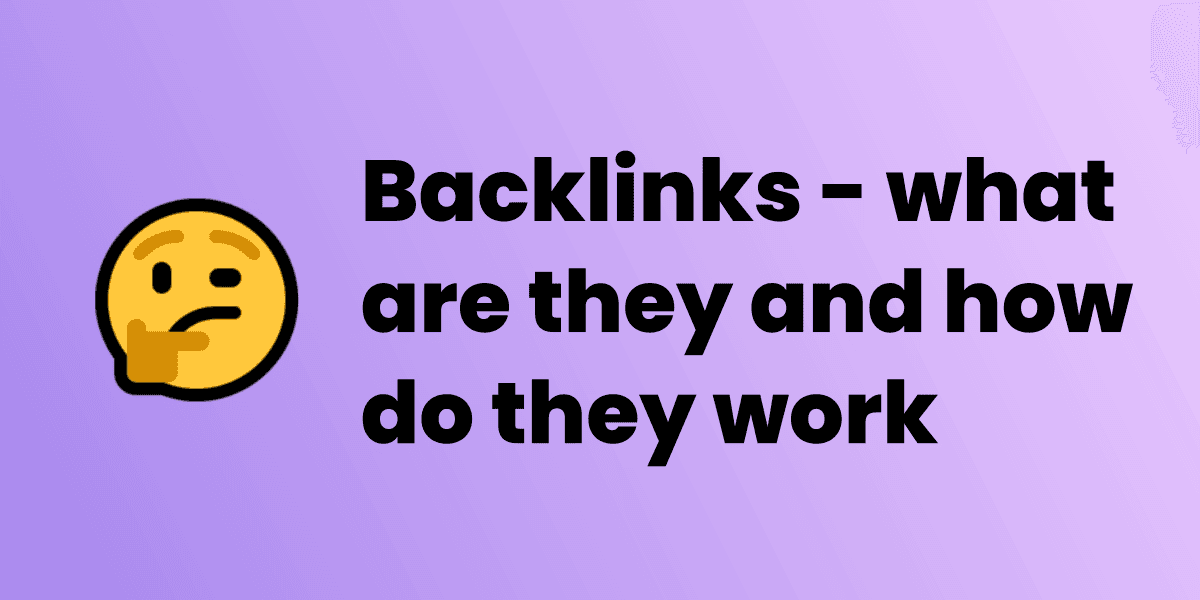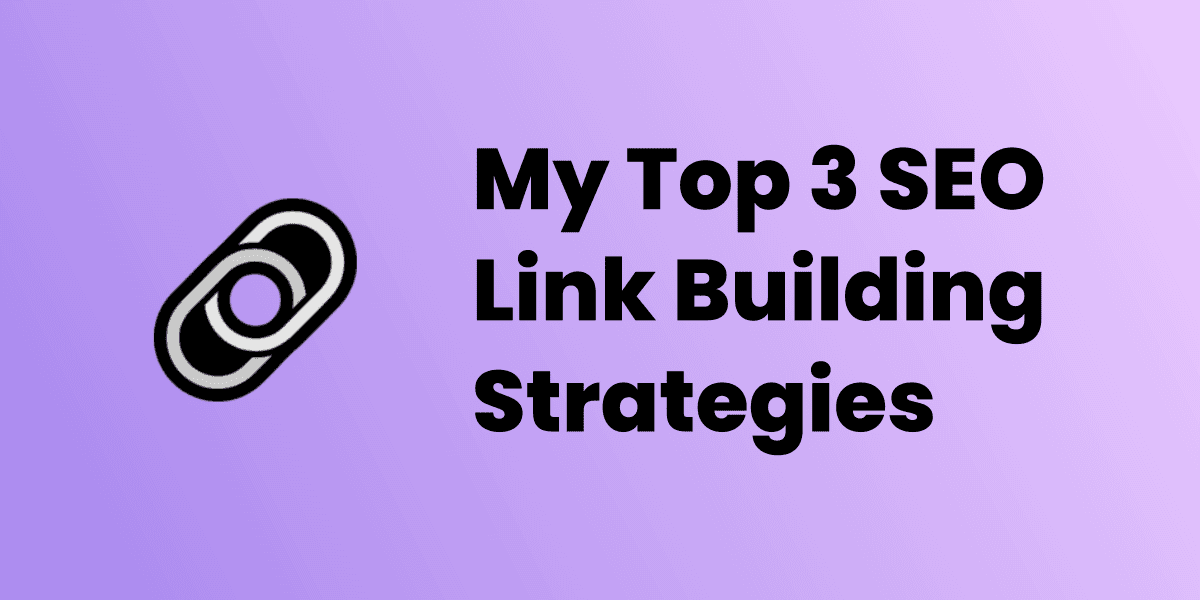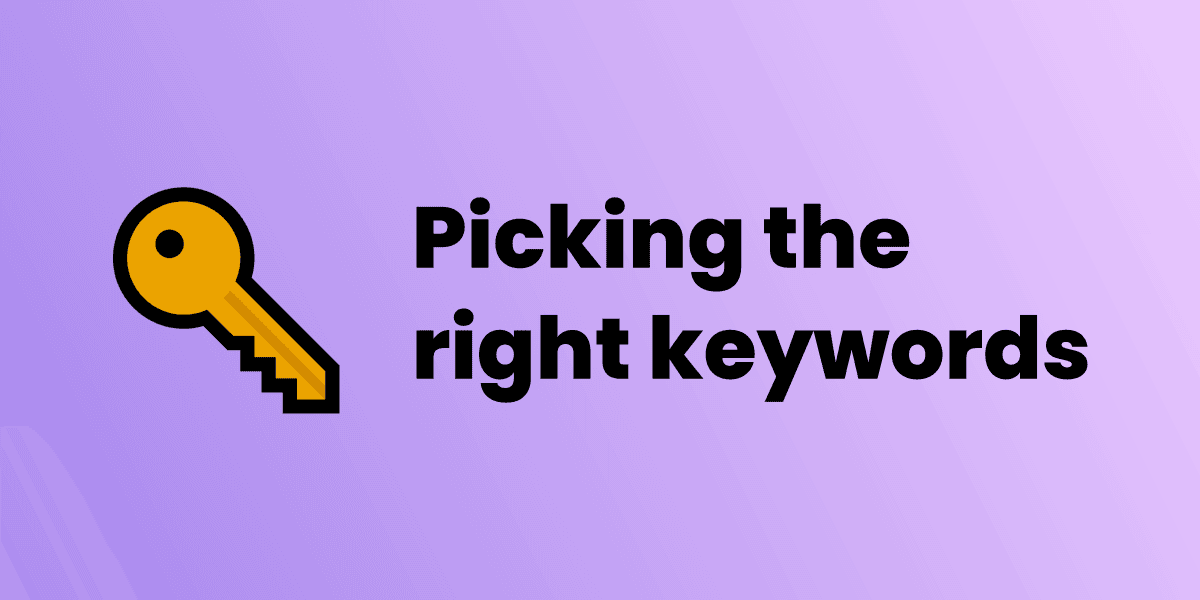
Backlinks are a key component of search engine optimization (SEO).
Often cited as one of the most important factors in determining a website's ranking on search engine results pages (SERPs).
But what exactly are backlinks, and how do they work? In this blog post, we'll explore what they are, how they're used and how you can leverage them to improve your website's SEO and drive traffic to your site.
Structure of a backlink
A backlink is made of 3 components:
-
The website being linked too
-
The anchor text
-
The linking website
Here is how you would create a backlink on a webpage in HTML:
Joe BloggsIn this example:
-
The website being linked to is www.joebloggs.com
-
The anchor text is Joe Bloggs
-
The linking website would be site where this HTML code exists
Over the years, additional attributes have been added for webmasters to implement, so search engines can better understand the relationship between linked to sites.
The nofollow attribute is a signal that you don’t necessarily endorse the content being linked to.
An example of a nofollow link:
Joe BloggsIt came about because webmasters wanted to have more say over the backlinks posted outside of their control, such as in the comment section of a blog or forum post.
What it means for backlinks is that Google will attach significantly lower weighting to the value of the link that is tagged with nofollow.
It’s important to note that while nofollow backlinks have a much lower value, they are still part of a normal ‘backlink profile’ that you would expect any organic site to have.
Types of Backlinks
Backlinks can be grouped in 3 broad categories:
Natural Backlinks
Backlinks that are created organically by someone discovering your content and deciding to link to it in their own piece of content.
There are 2 key components here; discovery of content and decision to link.
How would someone discover your content? It could be by going viral, social media post, digital PR campaign or simply being the first search result for a given keyword.
After discovery, the webmaster will make a decision whether they choose this piece of content to link to or look elsewhere.
So make sure your content is the best it can be!
While ‘natural backlinks’ are generated passively, there is a lot of proactive work you can do to help your content get discovered and create a sector leading piece of content.
Manual Backlinks
Involves some type of outreach to other webmasters and making a request to insert a backlink within a piece of content.
This could be through creating a whole new piece of content with a backlink included at some point (commonly known known as a Guest Post).
Alternatively, a backlink could be inserted into an already existing piece of content. This technique is know as a ‘niche edit’ or ’curate link’.
These types of backlinks are what i like to call the 'old school method'.
They still work and are effective. However, it is mostly pay to play now with diminishing returns and they come with a number of risks.
I discuss this in more detail in my post about the different types of link building.
Self Created Backlinks
This is any type of link you post on other sites to promote your own. It could be a social media post, directory listing, blog comment etc.
It’s the lowest hanging fruit and easiest to build but they will likely have a negligible impact on your SEO.
You may even be penalised if done too aggressively.
Having said that, if you are starting up and looking for your first backlinks, it should be seen as a normal part of establishing your initial web presence.
Determining the value of backlinks
Not all backlinks are created equal. 1 link from an authoritative domain can be equivalent 100s of backlinks from smaller domains.
Backlinks also need to be relevant and a natural fit for your site for them to have the maximum effect.
Ranking Link Value
Google has never officially disclosed how backlink value is determined. A number of companies in the sector have developed their own metrics as a best guess.
Moz created Domain Authority (DA) and Ahrefs Domain Rating (DR). Although not directly comparable, they are both computed in a similar way.
The scores are based on various factors, such as the number and quality of backlinks pointing to the website, the age of the domain, the content quality, and the overall website structure.
Both DA and DR are marked on a scale of 0 to 100, with a higher score indicating a stronger domain profile.
Use Aherfs free backlink checker tool to find out what your Domain Rating is!
Relevancy
Search engines will place more weight on backlinks that come from related sources than those that appear randomly attributed.
For example, say you run a site that produces content around car repairs. Backlinks from sites that focus on gardening will have a much lower value than backlinks from other car related sites.
Nuance is needed here. Any site that grows organically will naturally attract a variety of backlinks from different websites and publications, especially if something goes viral.
But when working on your link building strategy, have in mind that a higher return on investment will be achieved from landing backlinks from relevant sites.
Why are backlinks important?
There are 3 reasons why backlinks are deemed important.
Search Engine Ranking
The theory goes that the more backlinks you have, the higher you rank in search engine results pages (SERPs).
Users rarely venture past the first few results, let alone onto the next page, so it’s vital to rank as high as possible if you want to capture the biggest chunk of traffic.
While many factors come into play when determining a pages ranking, if all other things are equal, a strong backlink profile should help you rank above a competing piece of content.
Referral traffic
This is traffic generated by a user clicking the backlink and landing on your webpage. The value of this traffic can vary depending on the context of the backlink.
If you are quoted in an article talking about something tangentially related to your market, it may only generate a mildly interested onlooker.
On the other hand, if the article is focused on your core offering, the leads can be highly valuable.
For example, an influential publication does a round up of their ‘Top 5’ products. If the user is reading this type of article and clicks the backlink, they are likely to have strong purchasing intent.
Brand awareness
Don’t understated the impact being featured in a big publication can have on your overall brand.
You can elevate your business above the competition by showing that you are a trusted expert in your sector.
Link back to the publication and create a ‘featured in’ section on your landing page to build authority with potential customers.
How do you build Backlinks?
Easier said than done! But there are many strategies you can employ to build more backlinks.
For more information, see our guide about the different types of link building techniques you can try.
Plus, check out the top 3 SEO link building strategies that have worked for me with mini case studies for each, so you can see exactly how they work.
Conclusion
Backlinks are an integral part of a component of SEO. They help you climb higher in search engines and drive more traffic to your website.
Building quality backlinks takes time and effort, but the benefits are well worth it.
By understanding what backlinks are, how they work, and how to use them effectively, you can optimize your website's SEO and increase your online visibility.
So, whether you're looking to increase your website's traffic, improve your search engine rankings, or establish your brands awareness investing in building high-quality backlinks is something you shouldn't overlook.
Never miss a journo request
Get personalized alerts for media opportunities matching your expertise.
Start free trialRead more

My Top 3 SEO Link Building Strategies
Building high-quality backlinks is one of the most challenging things to do in SEO because, for the most part, it is out of your hands. Here are my top 3 strategies to build backlinks

What is a Journo Request?
We breakdown what a Journo Request actually is, where to find them and why you want to answer them.

How to pick the right keywords
Tips and tricks for getting the most of of Sourcee's keyword matching engine.